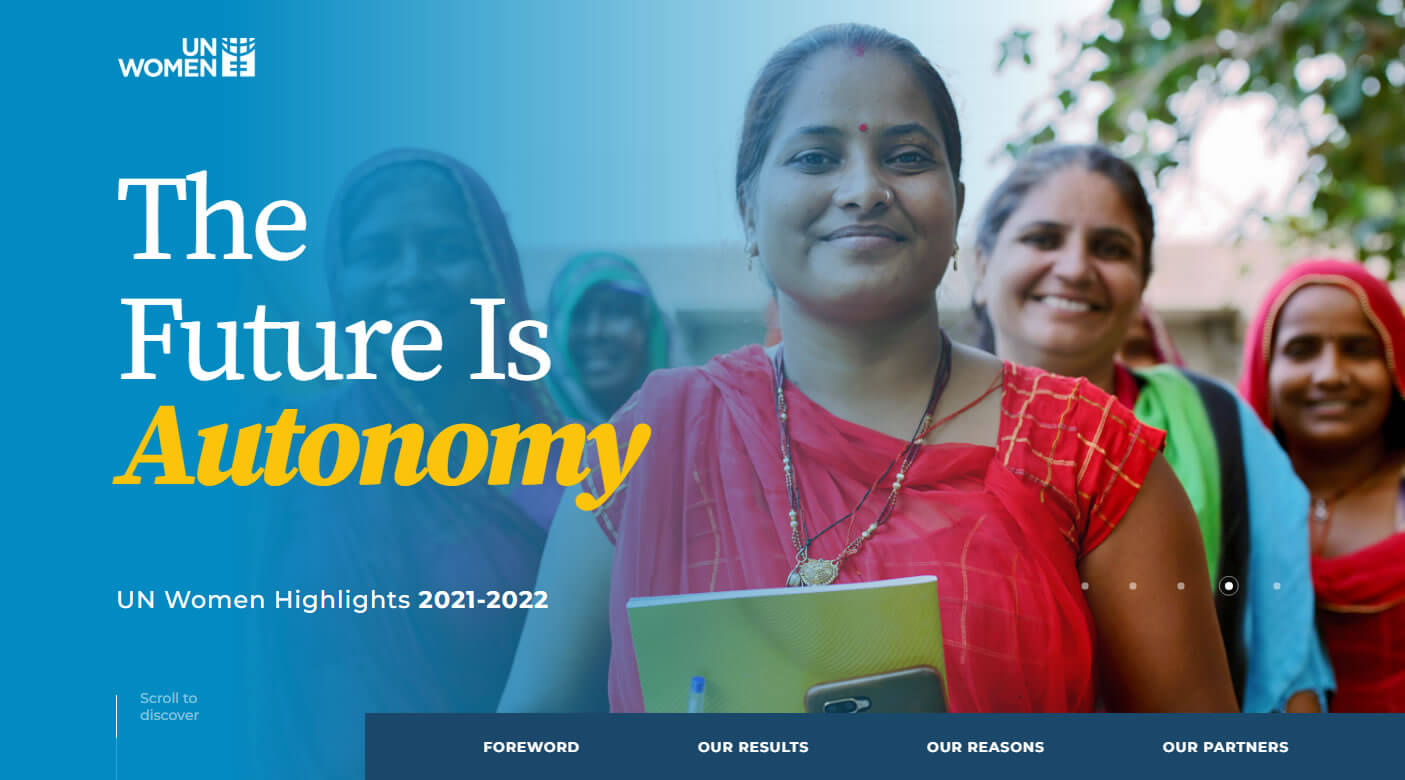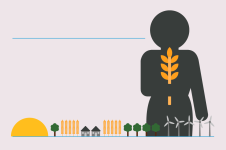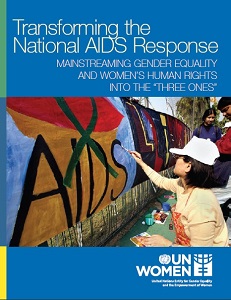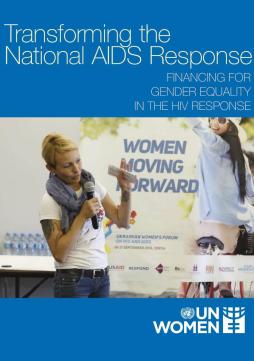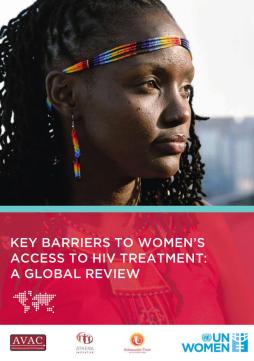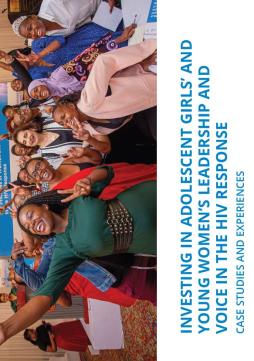Transforming the national AIDS response: Mainstreaming gender equality and women’s human rights into the ‘Three Ones’
Statistics on HIV and AIDS present a stark reality. Today, after over 25 years of working to combat this pandemic, over 30 million people are living with HIV, half of them women. Women’s infection rates are rising, often dramatically, outpacing those of men in many countries particularly in sub-Saharan Africa.
Unless national and global responses to the pandemic accelerate, these trends project a bleak vision of the future: more and more women infected; still more exhausted from caring for the ill and dying; children left to fend for themselves or rely on their elderly grandparents. The changing face of the disease means that women, especially young women, will continue to be the most vulnerable to infection, the least able to protect themselves and the last to get treatment and care. Widows will continue to be driven from their homes in many places, deprived of land and inheritance rights; the number of AIDS orphans will continue to grow; and families will have little hope of getting out of poverty.
Women have been warning about this future for years. Over a decade ago, they saw what was happening, especially in Africa, and began speaking out. Supported by UN Women and others, they have been working tirelessly to place gender inequality and HIV on national and international agendas—demanding greater attention to the ways in which gender discrimination and violence help to fuel the spread of HIV, and its dreadful consequences in terms of lives and hopes.
Ultimately, there is no quick fix. The single most important strategy in preventing the spread of HIV and AIDS is empowering women and girls and guaranteeing their rights to prevention, treatment, care and support. But there are other important strategies and actions that can be taken, at different levels, to eliminate the myriad barriers that keep them from exercising these rights.
This resource guide provides examples of national strategies, from transforming national and local institutions in order to break through the silence and stigma that surround AIDS and HIV, to working with communities to change attitudes and behaviours that facilitate its spread. They show what can be done when women and men living with HIV are engaged and empowered to make their needs heard and to help design solutions.




